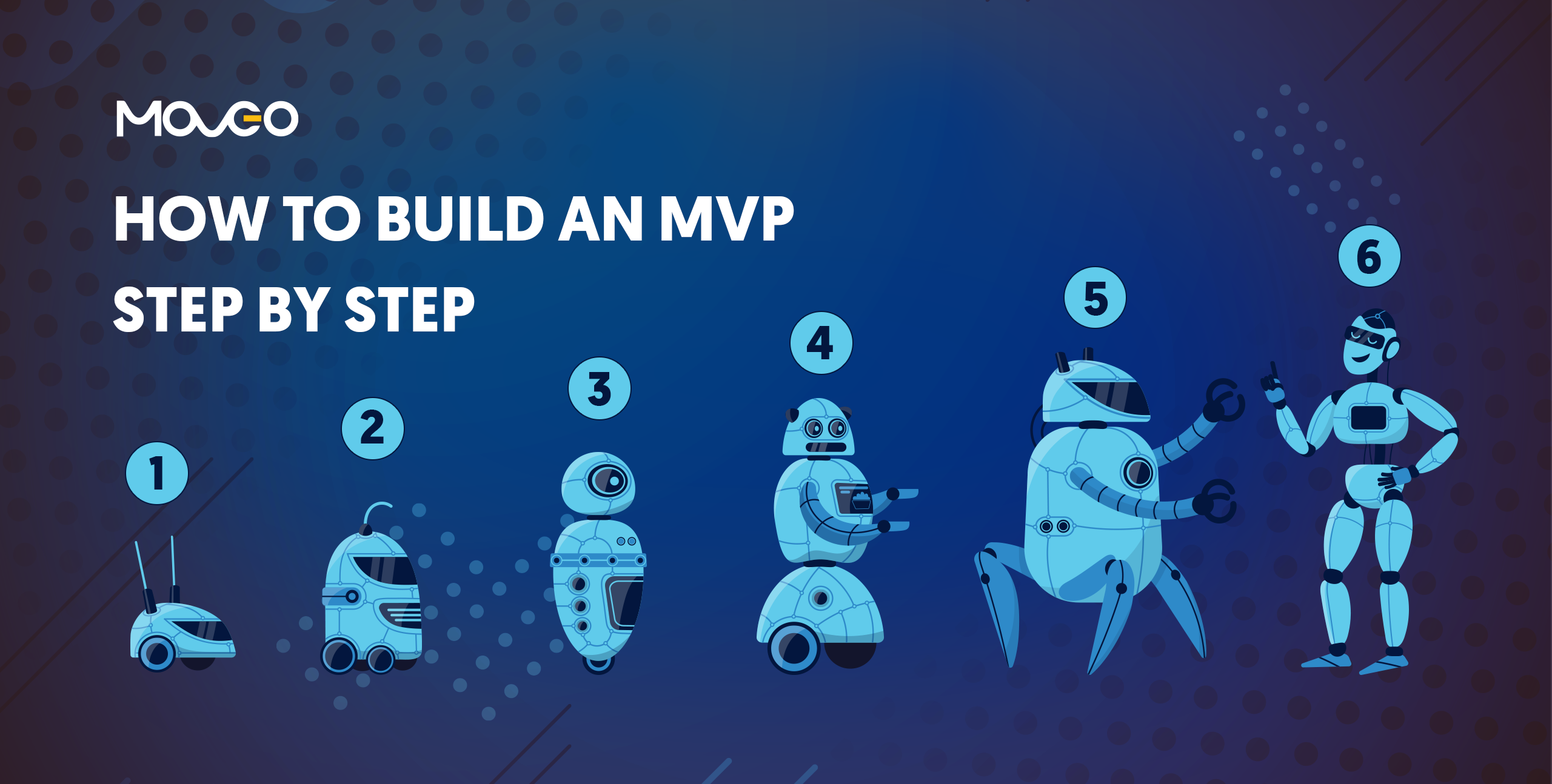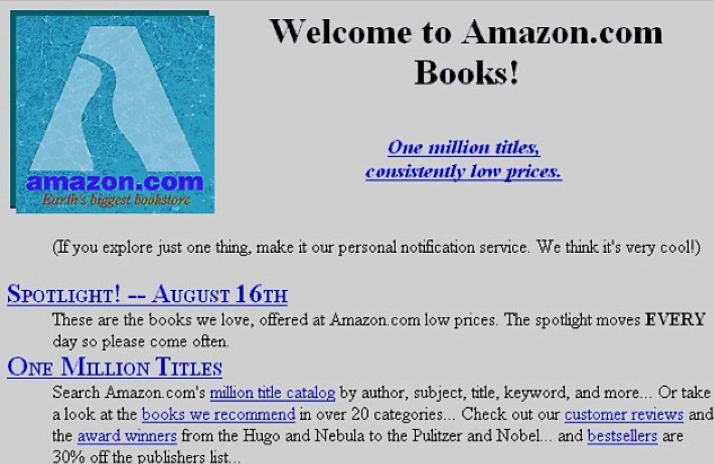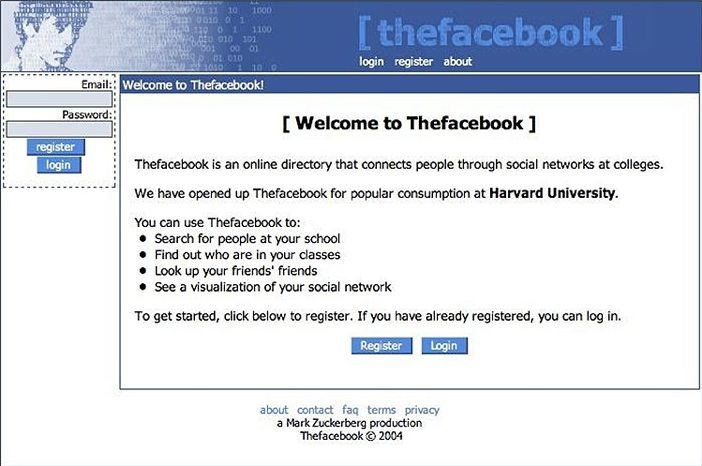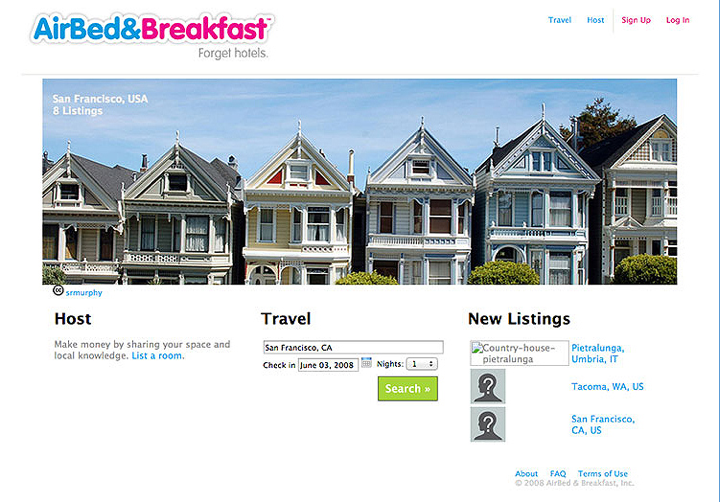Every new business needs a minimum viable product – an MVP – that lets you test your product in the real world and get early user feedback, before pouring a ton of money into the idea. That is because every new business comes with a great deal of hope and excitement, but also a handful of risk, doubt, and fear. Is there a market for your idea? Are there people ready to pay for your product? Even if market research has proved your idea has potential, are you building the right solution? Are you meeting user expectations? Answering those questions early on is important for giving your business the right direction. According to statistics, most startups fail because of spending money too quickly.
And that is what the MVP does. If you’re wondering what does MVP mean, it basically lets you put the least expensive working model of your app or product in the customers’ hands. Not only does the minimum viable product let you see if users are accepting your product but also it helps understand which areas you need to pay more attention to, what features you need to fine tune, and overall how to make your product most appealing to your audience. So developing a minimum viable product is an important business step.
However, there is a right and a wrong way to build an MVP. Not building your MVP the right way will result in a misappropriated product that could end up costing you much time, money, and effort, and sometimes, even your business altogether. In this post today, we will talk about how to build the perfect MVP as well as what not to do in MVP development.
What Does MVP Mean?
We must begin by understanding what is MVP meaning. You understand now that MVP or minimum viable product is the least expensive working model of your app that your users can use and engage with. When your users use your MVP, you can understand the extent to which they are engaging with your app and find out how they react to it.
The MVP must therefore be capable of performing the core function your app is built for. It need not have snazzy design, clever animations, or all the modern features of mobile app development. That is something you can add later on, when you’re ready to gather more funding and scale up development. At the MVP stage, you must first ensure that your app works, and gets the promised work done.
To better understand what is an MVP meaning, and how businesses use it to develop a market leading product, we will need to look at some excellent examples of successful MVPs.
Is MVP Agile?
MVP development is in fact the very crux of agile development. Developing in iterations begins with building the minimum viable product that can be tested on users and can gather feedback to guide further iterations. Therefore, MVP agile is undoubtedly the most effective way forward for modern app development.
Difference between MVP and Prototype
Both MVP and Prototype are there to help you understand the future of your app before actually building the app. Both are a great weapon for attracting investors and garnering early feedback. The difference however is, that prototypes are essentially design replicas of the app that give you an idea of what the app will look like page by page. It has no function and is not usable by the end users.
MVP on the other hand is a functional app with minimal features, to get an idea of how users will use the app. It is subject to design changes and feature additions, ensuring that basic functionality will remain in the final app.
Benefits of Developing MVP
As already discussed, the primary objective of MVP development is to understand the salability of a business idea at minimal cost. It helps gather user response and use it to guide the final product development. Some of the primary benefits of MVP development include:
- Understand pitfalls fast and ensure that product development is in line with user expectations
- Prevent expensive mistakes and late-stage reviews that cost too much
- Attract investors by offering them robust ‘proof of concept’ and positive user feedback
Examples of Successful MVPs
Even the most successful companies of today once began with a modest MVP – a stripped down basic product – sometimes as simple as a landing page alone. Here are some examples of pioneering businesses and apps that deployed excellent MVP to test the waters before jumping.
Amazon
The retail giant that Amazon is today, was once a humble MVP. Jeff Bezos created a simple website to sell books online. He would in fact buy the books himself and then ship them to the people placing orders on the website. When the website saw adequate traction, Bezos began building his own inventory and the rest as they say is history. Amazon’s MVP strategy is an excellent crash course in MVP development.
Before becoming a massive tech leviathan, Facebook was once a simple software that allowed students at universities post messages on their boards. The idea quickly went viral and Facebook’s MVP app development became an excellent example of how a small idea with the right execution can become a behemoth business.
Dropbox
They wanted people to pay them for a place to store their files on the cloud. They weren’t sure if people would pay for the concept. So Dropbox made a crazy simple MVP – a demo video. In the video, Dropbox explained what it would do and how that would benefit the users. When the video started garnering good feedback and people began signing up for the service, Dropbox knew that it was a business that could rake in revenue. MVP development helped Dropbox be sure they’re spending their money in the right place.
Airbnb
The company that changed the way the world travels started off by creating a simple website and posting their own condo for paying guest accommodations. Some good pictures and a modest website later, they found 3 paying guests. Not only did they make rent money they were hard pressed for at the time but also, successfully tested a business idea and proceeded to build a booming business that found acceptance and paying members across the world. Airbnb’s MVP development was truly a new idea and yet, checked all the right boxes.
Zappos
Nick Swinmurn of Zappos knew that acquiring inventory for his shoe retail app idea would be a heavy monetary investment. Before jumping into that, he decided to go for MVP app development and built a simple website. When an order was placed, Nick would physically buy the shoes and ship them to the customers. Only when the website showed enough progress did Zappos acquire its own inventory. Zappos MVP is a great example of what is called a concierge MVP.
How to Build MVP the Right Way
So now that we know how important MVP is and how the biggest businesses have developed MVPs to ascertain the course of their business, it is crucial to understand how to nail MVP app development.
If not done right, an MVP can completely mislead your decisions and cause monetary loss. There is the possibility that the minimal value product may turn into a different version of MVP – mediocre value proposition. You may build an MVP that isn’t an accurate representation of your product. The users don’t like it and you scrap the idea thinking it is destined to fail.
A worse outcome could be that you build a MVP and manage to find some customers willing to engage with it for short term. You think that you are ready to launch and you scale up production, investing all your capital into it. However, you find out too late that those early adopters were few and far in between, and that your MVP app development really isn’t able to pull customers enough to make a return on investment.
To avoid these scenarios, here are some of the qualities a good MVP must possess:
Qualities of a good MVP
“The minimum viable product is that version of a new product which allows a team to collect the maximum amount of validated learning about customers with the least effort.”
— Eric Ries
Research Your Audience, Understand User Expectations
The most important step to an app development MVP is understanding the users your app will target. What are they looking for in an app? What is the problem you aim to solve and how is this problem affecting the users’ lives is crucial to understanding how your app should approach the solution.
Once you have an idea that solves a prevalent problem, the road – in short sight – looks easy. We feel that if we build an app that does xyz, people will willingly flock to use it.
The reality however is, that the solution must be simple enough to not require much effort on the user’s part. While offering something new, it must also follow some norms that users have come to expect from this category of apps. Entirely reinventing the wheel may seem like a good idea in your head, but users may not want to spend time learning to use an app.
Hence, your app development MVP must clearly understand what the users expect. So to develop a good MVP, you must conduct several rounds of preliminary user research, and spend time studying user behaviour.
It is possible that there are already some players in the category you are trying to develop your app in. that need not be a bad thing if you know how to find your strengths in the gaps competitors leave out.
Define Your Feature List and Isolate the Must-Haves
The human mind likes to jump to the best case scenario of its creation. When developing an app, your ambition has probably already toured the land where your app is the ultimate best in category software that can single-handedly do everything your users want.
An MVP is the exact opposite of that, it is supposed to just one thing well.
So to make sure that your MVP does what an MVP must – offer precise user reactions at minimum investment – you need to focus on incorporating only the most essential features in your MVP and holding off on anything that can be avoided right now.
Begin by defining your feature list. Once you have every feature you want in your app carefully mapped on a piece of paper, you can approach it with more objectivity, to understand what’s essential and what’s an add-on. This will help you focus on features most relevant to your app development MVP and build an MVP that offers just the right usability to users.
Build Your Core Functionality
Is your MVP able to communicate the value proposition to the users? Are the users able to clearly understand what your app can do for them?
The idea of building an MVP is to let customers try out your app and see if it solves their problem. So the first thing your MVP app development needs is to do is perform on the core level. Are the users able to stream music? Or take notes? Or send a message?
Whatever you wish to primarily offer through your app, your MVP must be able to do that easily and quickly. In a bid to build the cheapest MVP possible, don’t skimp on offering practical value altogether.
So know exactly what your app should do and ensure that the users can get that from the MVP.
Deploy MVP and Gather Feedback
The power of an app development MVP lies in the ‘Fail Fast’ principle. You should be able to get user responses from your MVP as early as possible and begin using this feedback to fine tune your final product. Understand what the users like about your MVP and more importantly, what they don’t love about it.
Knowing where you need to improve is the biggest takeaway of an MVP so be sure to begin gathering feedback and implementing as soon as possible.
Do NOT Overbuild your MVP
The M in MVP stands for minimum and therein lies the emphasis. Do not overengineer your MVP and turn it into a crowd pleaser. This will burn a hold through a budget and without prior feedback, may send you in the wrong direction. Remember that unlearning is harder than learning and once you build features, but the users don’t warm up to them, getting rid of those features will be cumbersome and expensive, and also cause developer burnout.
Conclusion
Every new idea brings in excitement and ambition. But before a sizeable sum of money is spent on developing that idea, it is advisable of the idea has the right product-market fit. An MVP is the perfect way to test the waters. The cornerstone of agile development, MVP allows app developers to understand user expectations and ultimately develop a product that perfectly fulfils those expectations.
If you wish to build an app in 2022 but want to be sure of your idea before investing your hard earned money in it, contact us to build you an MVP that will for a very low cost, help you understand your product market fit and develop the best app your users will love.






